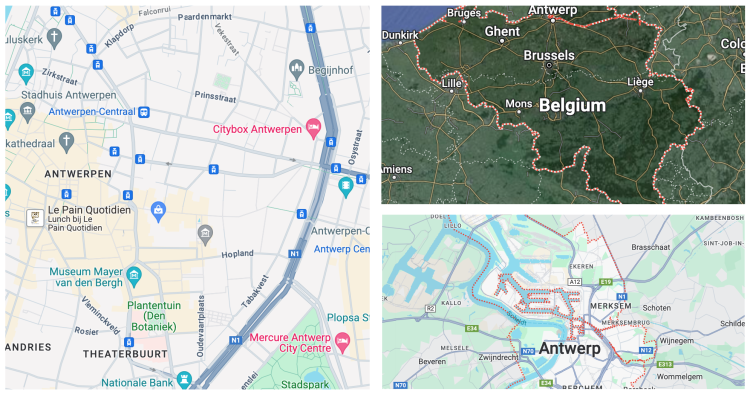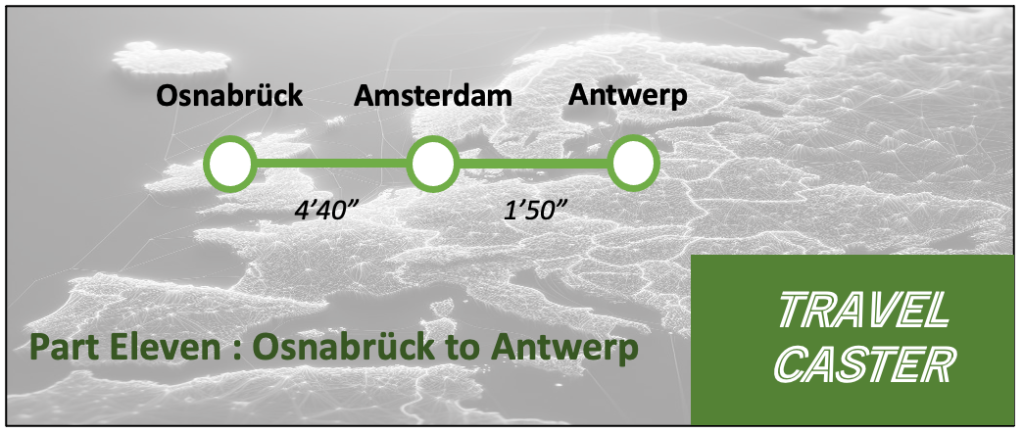Osnabruk’s main station was busy with the morning rush hour. A large group of schoolchildren had gathered with their teachers, noisily preparing for their journey. I just hoped they wouldn’t be heading for Amsterdam. In what was becoming now typical German style, the Deutsche Bahn intercity service was twenty minutes late arriving, making the possibility of my onward connection unlikely. It was frustrating, but it didn’t matter too much, as trains are frequent between the Netherlands and Belgium.
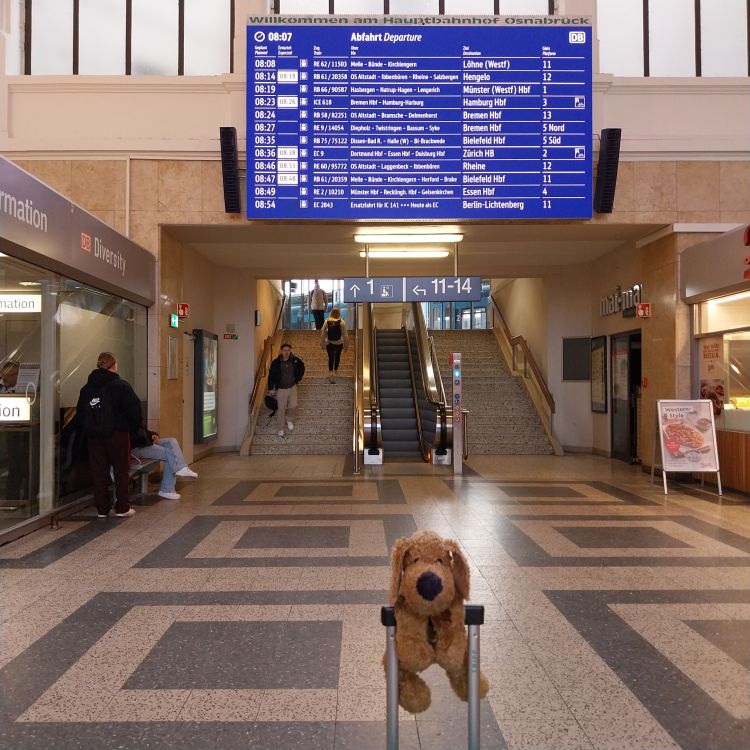
First Class today came in the form of more compartments – comfortable enough and the train wasn’t busy, but the temperature was sweltering. The conductor gave an apologetic shrug, seemingly unable to do anything. Fortunately there were two First Class carriages, so I just parked myself in the second one, much cooler. The landscape had changed dramatically since the journey through Scandinavia, and as we crossed the border into the Netherlands, a stereotypically flat land stretched out, with fields, farms and the rail line being hugged by motorways -much of the traffic heading to or from the North Sea ports.
There had been a glimmer of hope of making the onward connection, with seven minutes to change trains at Amsterdam. The DB app showed our train getting in on the adjacent platform of the next service to Antwerp. But the conductor reluctantly informed me that we’d be coming in on the next platform along, meaning little chance of dashing down and up stairs. Along with a shrug has asked me to produce my phone; a strange request, but it’s to scane a QR code for a 3 Euro coffee voucher by way of compensation.
Thankfully there are two trains per hour from Amsterdam to Brussels, each going via Antwerp. But one is a Eurostar service. meaning a hefty compulsory reservation with a rail pass. It made sense to wait for the Dutch train instead, which provided First Class travel for free.
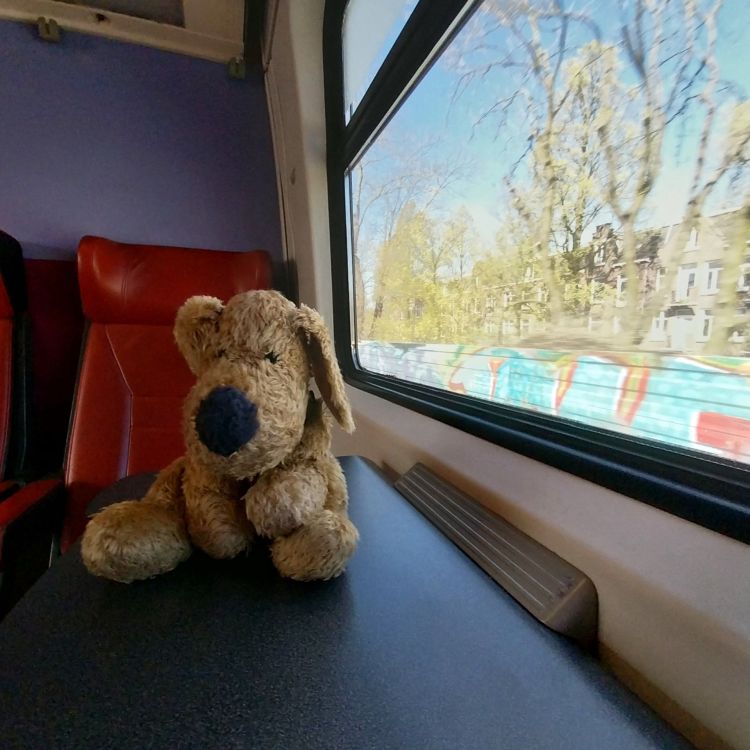
24 Hours in Antwerp
I’d chosen Antwerp for the final leg of the journey with an open mind. Having already done the tourist favourite of Bruges just up the road I fancied somewhere different. And it was a covenient stopover en route to Brussels to get the train back home. I’ve alway advocated rial travel as a way of getting from door to door. And the door at Antwerp is like stepping back in time.
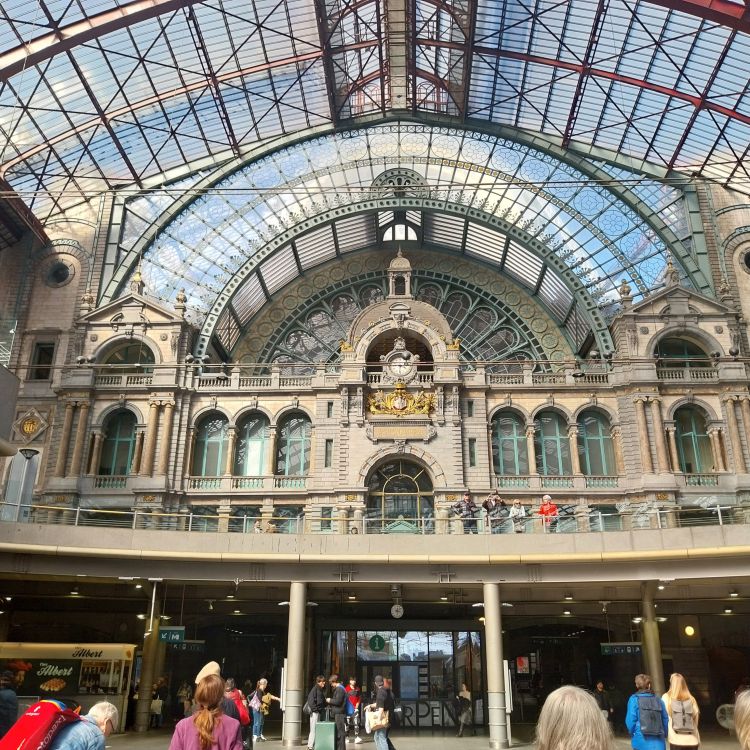
The picture doesn’t quite do it justice. You ascend from platforms three floors deep down underground to an enormous gothic interior. A huge glass roof lets in the light, making everything glisten. And really sets the scene of things to come. Antwerp is a city that likes to show off its buildings.
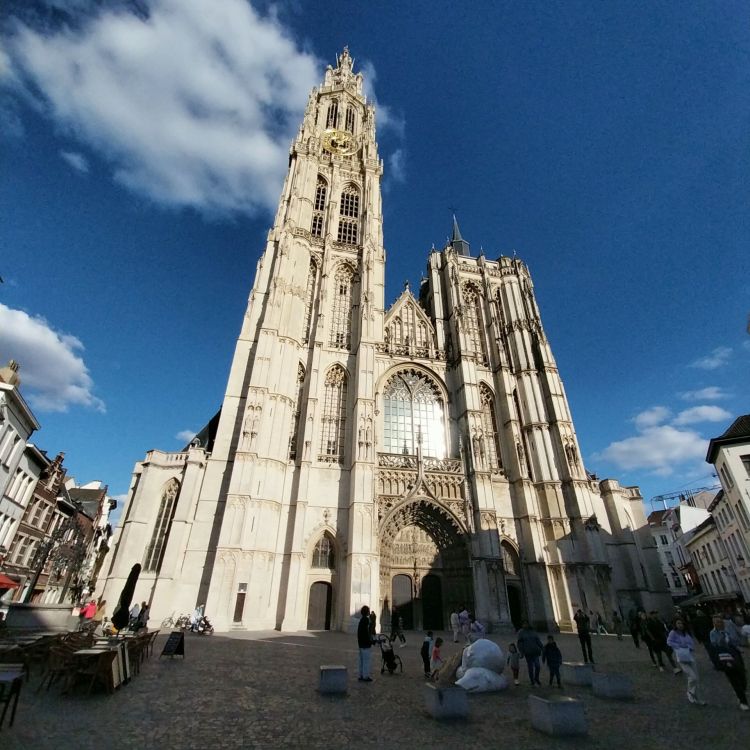
Just two handy metro stops away from the main station, Antwerp Cathedral reaches up to seemingly impossible heights from the ground. Construction took almost two hundred years, though the building has never been considered as “complete”. To the side stands a sculpture depicts the workers toiling away to make this masterpiece.
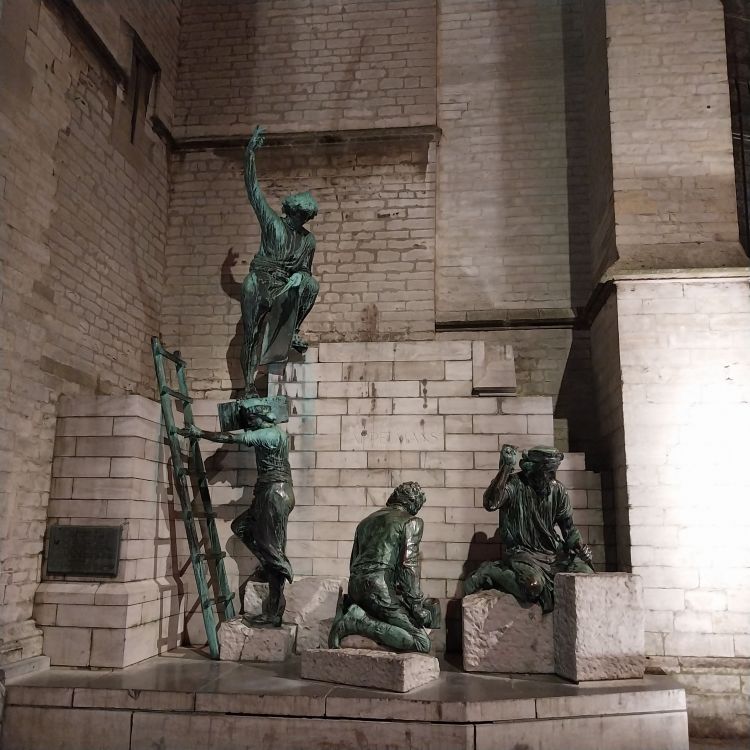
But it doesn’t stop there. Everywhere you turn in this city, anther building is trying to upstage the last one. And in the Grote Markt, the City Hall and its accompanying statues and buildings demand you stop and take a picture – perhaps best done just after sunset.
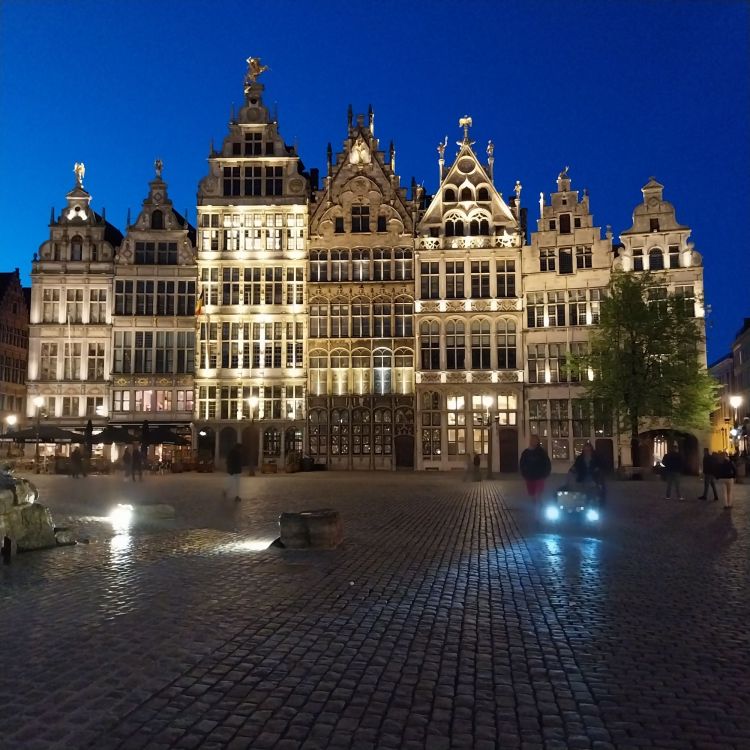
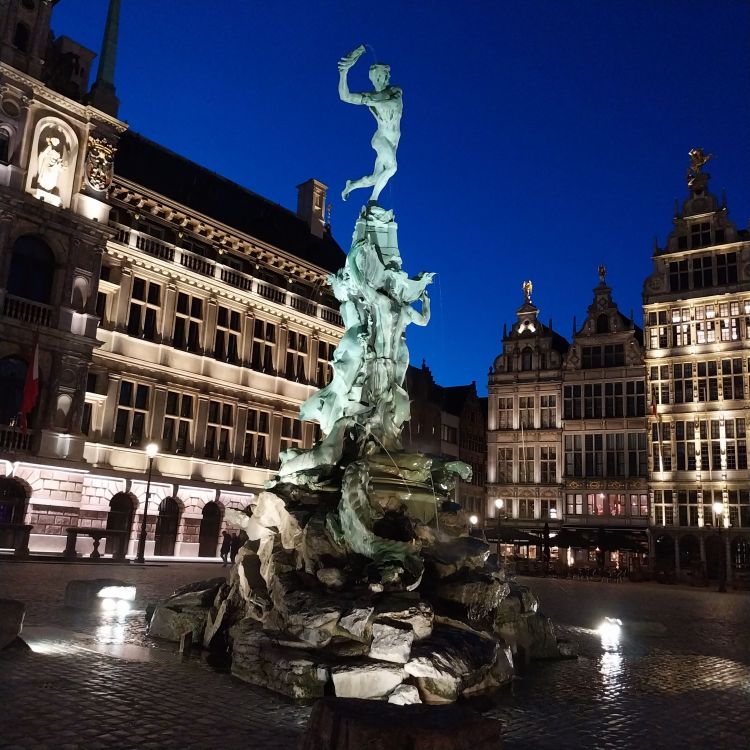
This is a busy, diverse city. Along with the multitude of languages being spoken by the visitors, there are large, noticeable Muslim and Orthodox Jewish populations. A mix of Dutch, Flemish and French are routinely used, though thankfully English is also commonly spoken. However, none of this matters when it comes to the language of beer.
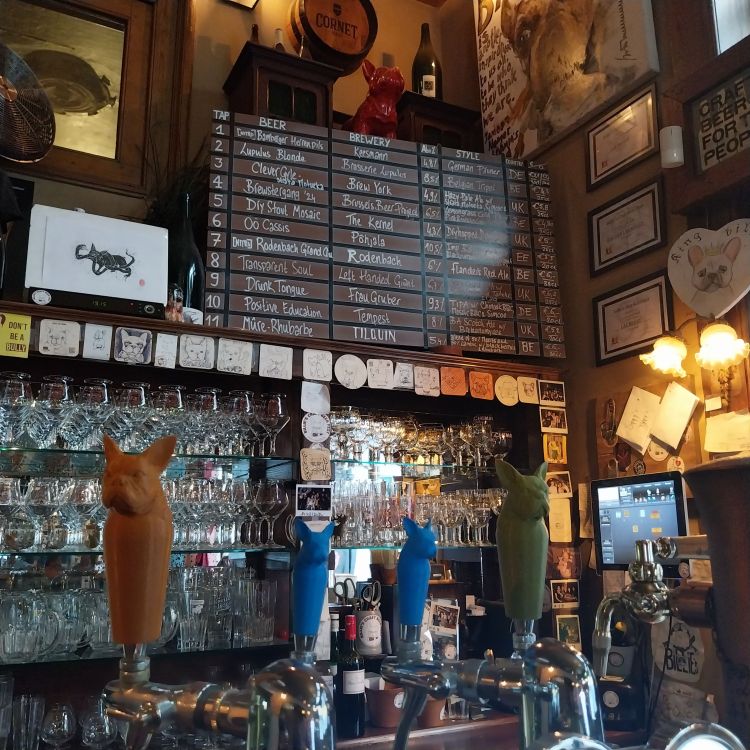
There are plenty of tempting outlets amongst the tourist attractions of the Grote Markt, but a ten minute walk takes be to a place recommended by a friend, From the outside Billies Beer and Food looks decidedly non-descript, tucked away on a back street by a multi storey car park. But inside reveals at least eleven beers on tap and loads more in bottles. There is simply but filling food – from Belgian stew to massive chips, covered in parmesan cheese and ketchup. This is not the place to go if you’re on a diet. But get here early; this place was incredibly popular with many customers having reserved tables in advance.
A different but equally charming atmosphere can be found in the Corn Market. Tram 3 is a cafe bar built in an eighteenth century house – though it’s only been around since 2019. The stairs guide you to an airy conservatory, which then lead on to a rooftop terrace with views of the Cathedral spire. It’s a Bohemian feel, with friendly staff, plentiful beers and an enormous cocktail menu.
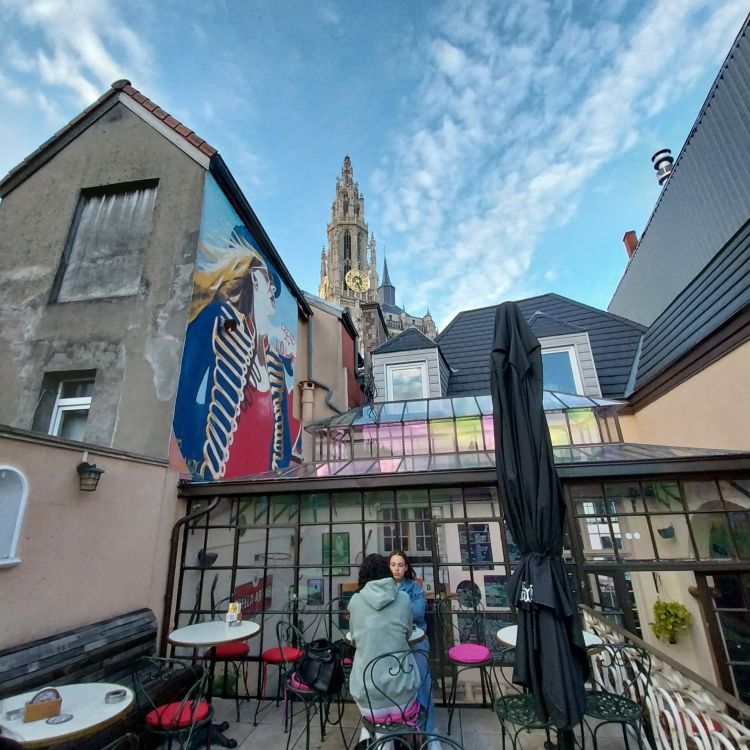
Culture is everywhere in Antwerp; there’s an Opera House, numerous galleries (this was the home of Rubens) – but as a journalist I’m drawn to the Plantin-Moretus Museum. The family set up a printing business here some 400 years ago, transforming the way that books were made and sold. The museum is in the original house which was also the centre of the business. Dark wooden panelled rooms and creaky floors are filled with old printing presses, delicate metal typefaces and, of course, many of the books published by the empire. There’s also a rather nice garden.
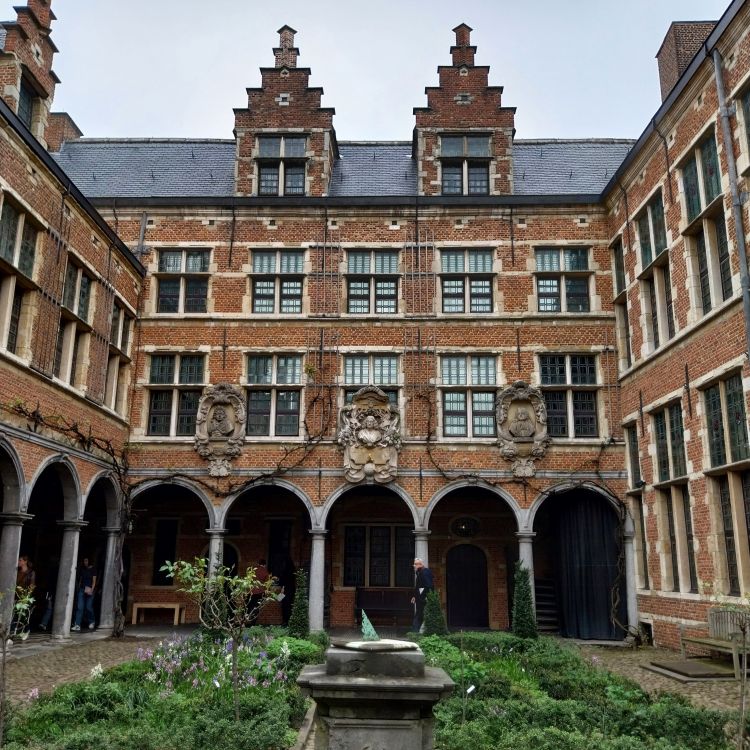
Being a strategic port, Antwerp needed decent fortifications. One of the last remaining sites for this is Het Steen on the waterfront, dating back to 1225. Today it houses a useful tourist information centre and a viewing platform. It’s a place where everyone wants a selfie.
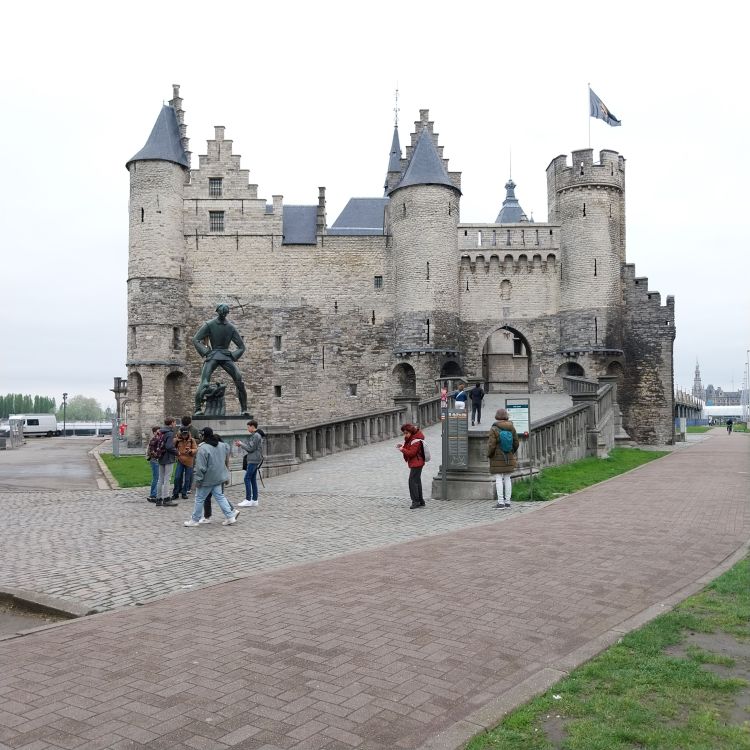
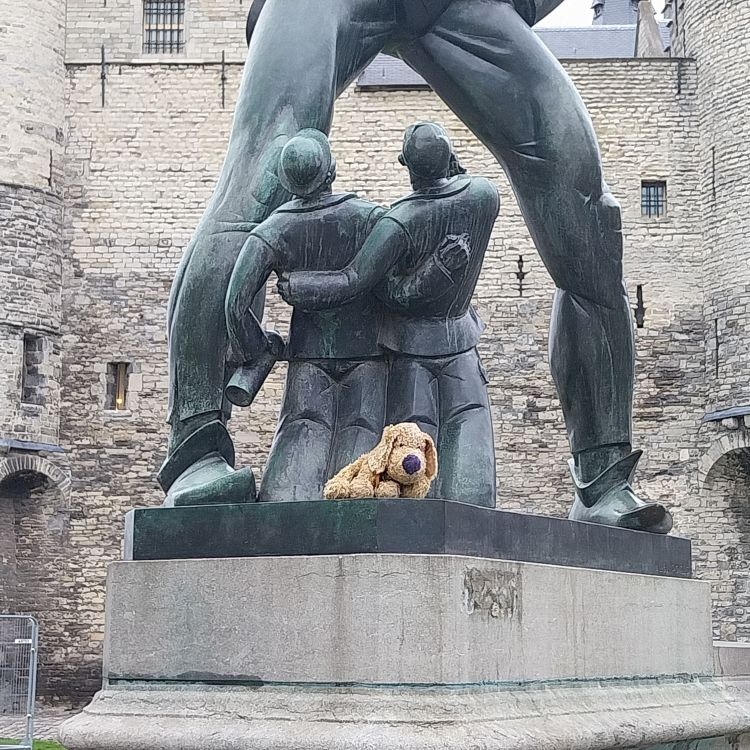
Antwerp has perhaps been the busiest and most vibrant city of the ten covered during this three week trip. It seems a fitting end to a journey spanning 9,000 kilometres and around 25 separate train routes. Buses and ferries have helped along the way, and from Antwerp, it’s a relatively simple hop back to Brussels to connect with the Eurostar to London. The voyage is complete.
Getting here
By train : Antwerp is easily reachable using Eurostar services connecting via Brussels. If using a rail pass you’ll need to book mandatory reservations. Annoyingly, you can’t use Eurostar on a pass exclusively in Belgium – but there are alternative. locals trains connecting Antwerp with Brussels every hour.
Tip : You can get a Eurail pass covering the Benelux countries of the Netherlands, Belgium and Luxembourg for as little as 119 Euro for three days of travel. This could be a great option since all three countries are compact, so you could cover a lot of a ground on each travel day – for example, take a morning train from Amsterdam, stop off at Antwerp for the day and travel on to Brussels in the evening. These passes don’t include travel to and from the UK, but one way tickets on Eurostar could be bought in advance, making a great value package.
